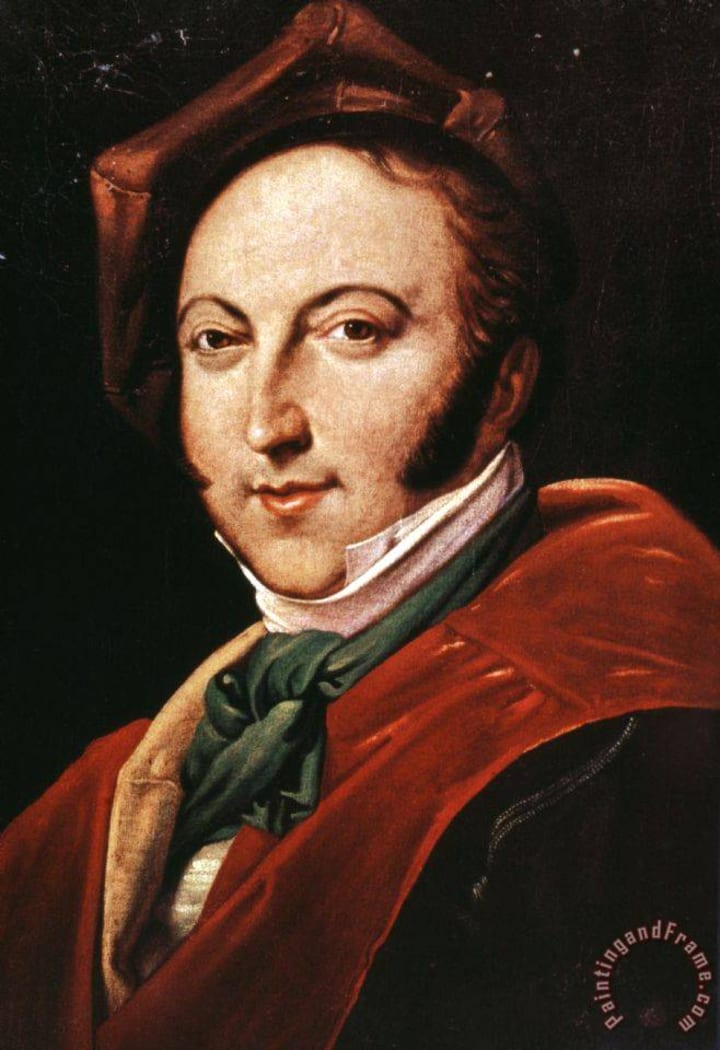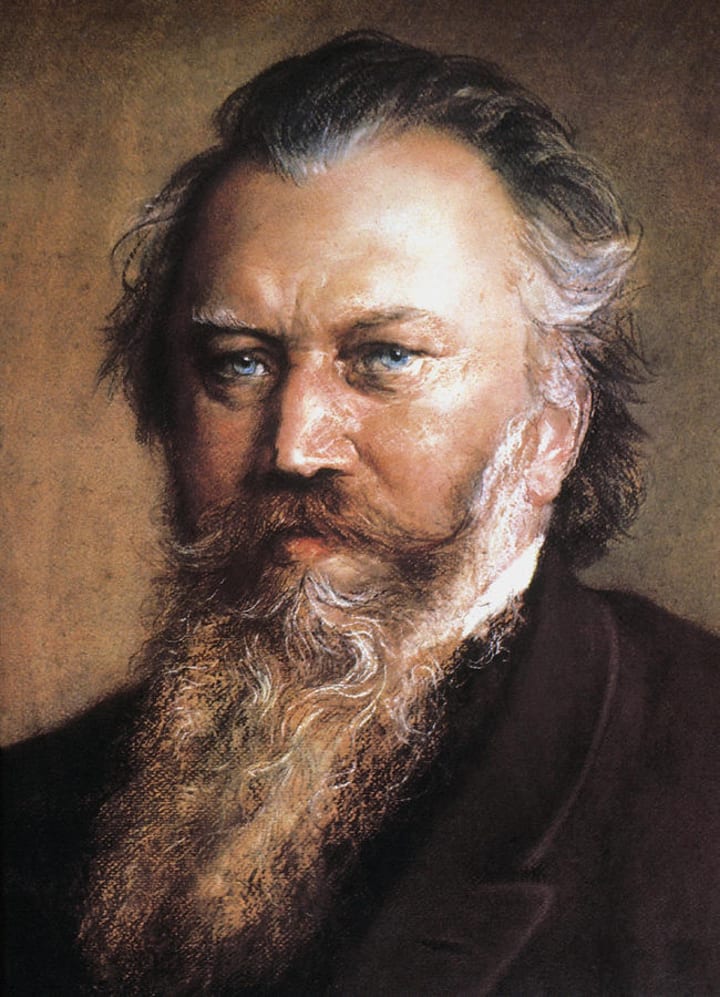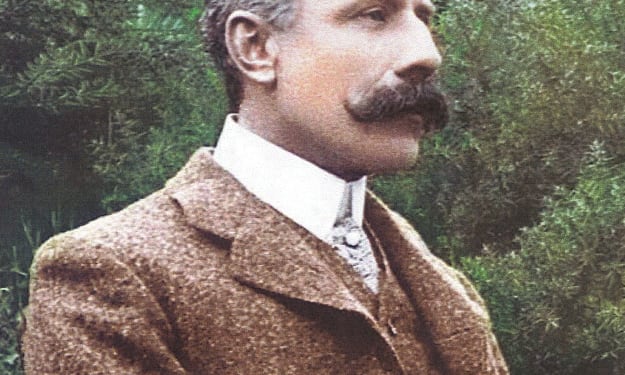The Romantic Era in Music
This was when many of the best-loved orchestral, instrumental and vocal works of all time were composed

The Romantic era in music is generally taken to mean the period from about 1820 to 1920, which was a century during which a massive amount of music in all genres was produced, and it must also represent the greatest concentration of “famous” composers, if by that is meant those whose works are performed regularly today and which are instantly recognisable.
This was an age when composers wrote music that spoke to the heart and used it to express deep feelings and emotions. They were happy to break the rules and to experiment with new forms that might shock but might also strike a chord with their audiences. The audience was also an important factor, in that Romantic music was largely intended to be heard by the general public as opposed to private patrons and small elite audiences.
It is convenient to divide this era into sub-eras, each of which featured a large number of composers, but some stand out more than others.
The classification below relates to the birth dates of the composers rather than their active periods.
Classical/Romantic Transition
Ludwig van Beethoven (1770-1827, German). He is often regarded as the first Romantic composer, with his 9th Symphony (first performed in 1825) fitting the “Romantic” bill as a huge emotional outburst that crossed the boundary between symphony and opera with its 4th movement setting of Schiller’s Ode to Joy for soloists and chorus.
Carl Maria von Weber (1786-1826, German). He is known mostly for his operas, including “Der Freischütz” (first performed in1821) which belongs squarely in the Gothic tradition.
Gioachino Rossini (1792-1868, Italian). He was a prolific writer of operas (including The Barber of Seville) in his youth, but later retired from composing.

Franz Schubert (1797-1828, Austrian). He composed more than 600 songs as well as nine symphonies and a huge amount of chamber and sacred music.
Early Romantic Era
Hector Berlioz (1803-69, French). He ticked all the “Romantic” boxes by writing music for huge orchestral and choral forces, and his programmatic symphonies such as the Symphonie Fantastique, as well as his love of all things Gothic and his turbulent love life.
Felix Mendelssohn (1809-47, German). He is known for his highly expressive symphonies, concertos and overtures, plus a wealth of songs and music for chamber ensembles and solo piano. His “Hebrides Overture” of 1830 (otherwise known as “Fingal’s Cave”) is an early example of a tone poem or symphonic poem.
Frederic Chopin (1810-49, Polish). He never wrote anything that was not intended for the piano, played either as a solo instrument or with other instruments, including two piano concertos. He developed a number of musical forms, including the polonaise, prelude, nocturne and mazurka.

Robert Schumann (1810-56, German). At first he wrote little apart from piano music but later became a prolific composer of songs and other music, including four symphonies. The change was inspired by his love affair with Clara Wieck. He suffered from mental illness later in his life.
Franz Liszt (1811-86, Hungarian). He is best known for his piano works, included transcriptions of orchestral works by other composers. He also wrote symphonic poems, dances (such as his “Hungarian Rhapsodies”) and songs.
Richard Wagner (1813-83, German). He composed little apart from operas, some of which were based on German folklore. Many of these, such as the four-opera Ring Cycle, were large-scale works that demand a great deal from their audiences, hence the comment by Rossini that Wagner had “wonderful moments but dreadful quarters of an hour”.
Giuseppe Verdi (1813-1901, Italian). One of opera’s greatest exponents, his works included many that are performed today, including La Traviata, Rigoletto and Aida. His “Requiem” of 1874 is notable for its highly operatic scoring and orchestration.
Middle Romantic Era
Anton Bruckner (1824-96, Austrian). He is best known for his nine symphonies (plus his “Symphony No. 0”) which are massive in scope and construction. He also wrote some major sacred choral works.
Johann Strauss II (1825-99, Austrian). Known as the “Waltz King”, he was the chief composer of waltzes, polkas and other dance music during the heyday of Vienna as the entertainment capital of Europe. He also composed light operas including Die Fledermaus.
Johannes Brahms (1833-97, German). He was seen at first as the natural successor to Beethoven, with his long-awaited First Symphony being dubbed “Beethoven’s 10th”. His orchestral works included four symphonies and two piano concertos, and he also wrote many songs, much chamber music, and choral masterpieces such as “A German Requiem”.

Camille Saint-Saëns (1835-1921, French). A composer of symphonies, concertos, operas and chamber music who is best known for a piece he suppressed during his lifetime, namely the humorous and satirical “Carnival of the Animals”.
Max Bruch (1838-1920, German). He is best known for his ever-popular 1st Violin Concerto, which is highly melodic and typifies the Romantic style. He also wrote several other concertos plus four symphonies, songs, chamber music and his often heard “Scottish Fantasy” for violin and orchestra.
Late Romantic Era
Pyotr Tchaikovsky (1840-93, Russian). One of the most melodic of all composers, he wrote six symphonies, three piano concertos, a violin concerto, ten operas, three ballets, and a number of other orchestral works including the “1812 Overture” with cannon fire and church bells.
Antonin Dvořák (1841-1904, Czech). He was greatly influenced by the folk music of his native country, as evidenced by his “Slavonic Dances” of 1878 and 1886. The best known of his nine symphonies was his last, “From the New World”, in which he incorporated American themes and idioms gathered during a three-year stay in the United States.
Edvard Grieg (1843-1907, Norwegian). He is renowned for his Piano Concerto but also for his incidental music to Ibsen’s “Peer Gynt” and his “Holberg Suite”. Folk tunes from Norway pervade his music.

Nikolai Rimsky-Korsakov (1844-1908, Russian). He wrote operas and orchestral works, such as the lushly romantic Scheherazade, and edited and completed the works of other Russian composers.
Edward Elgar (1857-1934, British). He could write music that was either lyrical and light, as in most of the “Enigma Variations”, or directly nationalistic, as in his “Pomp and Circumstance Marches”. His best-loved works include the passionate Violin Concerto of 1910 and the elegiac Cello Concerto of 1919.
Giacomo Puccini (1858-1924, Italian). He wrote some of the best-loved operas of all time that are regularly performed worldwide, including Tosca, La Bohème, Madame Butterfly and Turandot.
Transition to the 20th Century
Gustav Mahler (1860-1911, Austrian). He wrote nine completed symphonies, some of which were of large compass and highly experimental, using soloists and choruses as well as unusual orchestrations. He also excelled in song cycles, including the early “Lieder eines fahrenden Gesellen” and the late “Das Lied von der Erde”.
Claude Debussy (1862-1918, French). He has been termed an “impressionist” composer, who used both piano and orchestra to evoke mood and colour. Typical pieces are "Prélude à l'après-midi d'un faune", and “La Mer”.
Frederick Delius (1862-1934, British). Although he wrote several operas and much chamber music, he is best known for his evocative orchestral tone poems such as “On Hearing the First Cuckoo in Spring” and “A Song of Summer”.

Jean Sibelius (1865-1957, Finnish). Much of his music was deeply nationalistic in tone, particularly his orchestral overture “Finlandia” and his more lyrical “Karelia Suite”. He wrote seven symphonies and an often-played violin concerto.
Sergei Rachmaninov (1873-1943, Russian). Often dubbed the last Romantic, two of his four piano concertos (the second and third) are among the most popular ever played. He also composed three symphonies, a set of “Symphonic Dances” and his “Rhapsody on a Theme of Paganini” that is a set of variations for piano and orchestra.
Maurice Ravel (1875-1937, French). Like Debussy, he was a musical impressionist, best known for his “Bolero” which consists of an extended theme that is repeated time after time with added orchestration and volume. Other works that are heard regularly include his “Piano Concerto in G”, his “Daphnis and Chloe” ballet suite and his orchestration of Modest Mussorgsky’s “Pictures at an Exhibition”.
As mentioned above, this is only a selection of composers who deserve to be termed “famous” and who fit into the Romantic mould. It would be quite possible to double the number and still leave out some important contributors to the era! It should be safe to say that some 70% of the music played on a popular “classical” music radio station, such as Classic FM in the United Kingdom, was composed during the 100-year period specified above, such is the enduring appeal of the music of the Romantic composers.
About the Creator
John Welford
I am a retired librarian, having spent most of my career in academic and industrial libraries.
I write on a number of subjects and also write stories as a member of the "Hinckley Scribblers".






Comments
There are no comments for this story
Be the first to respond and start the conversation.